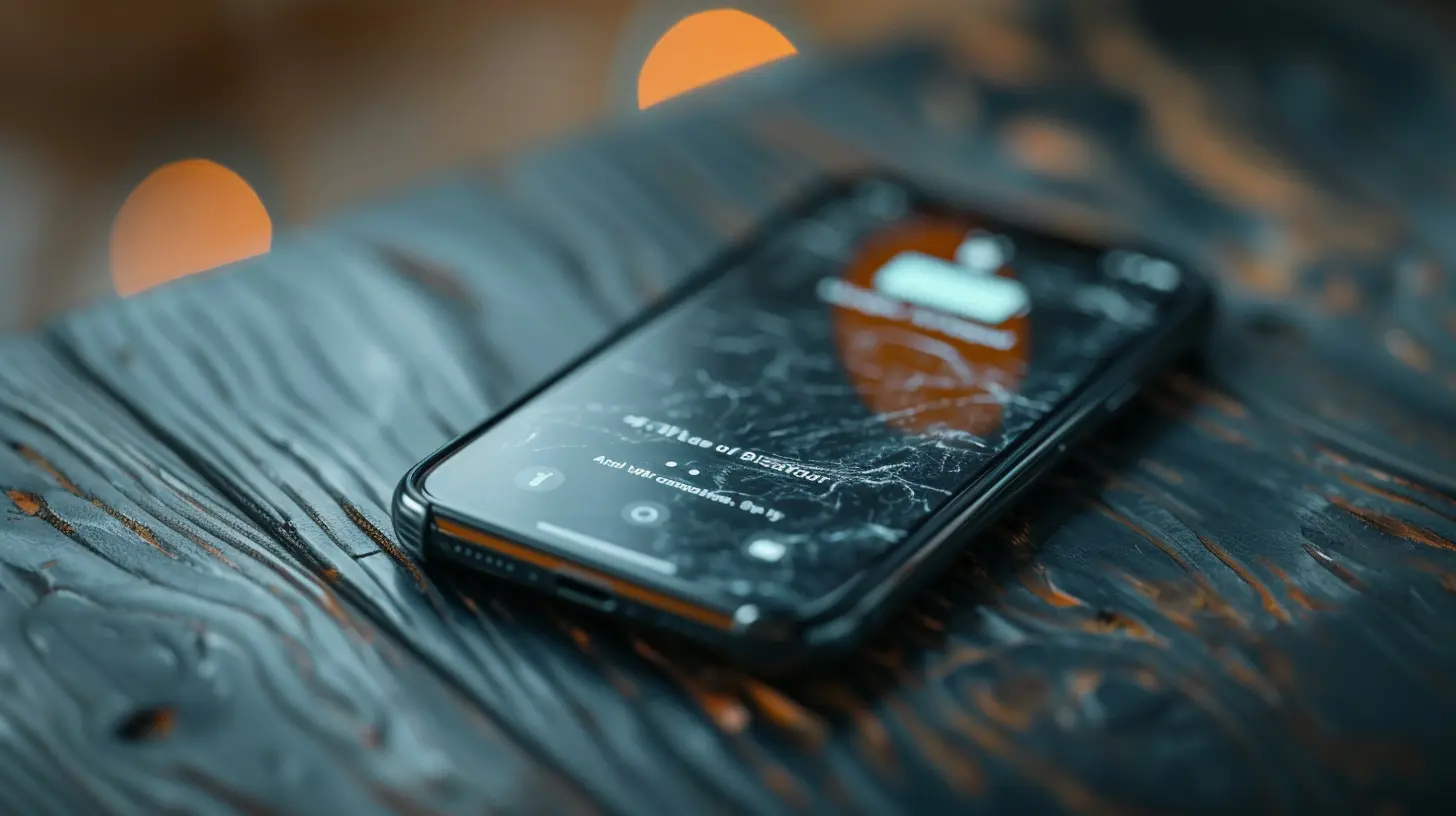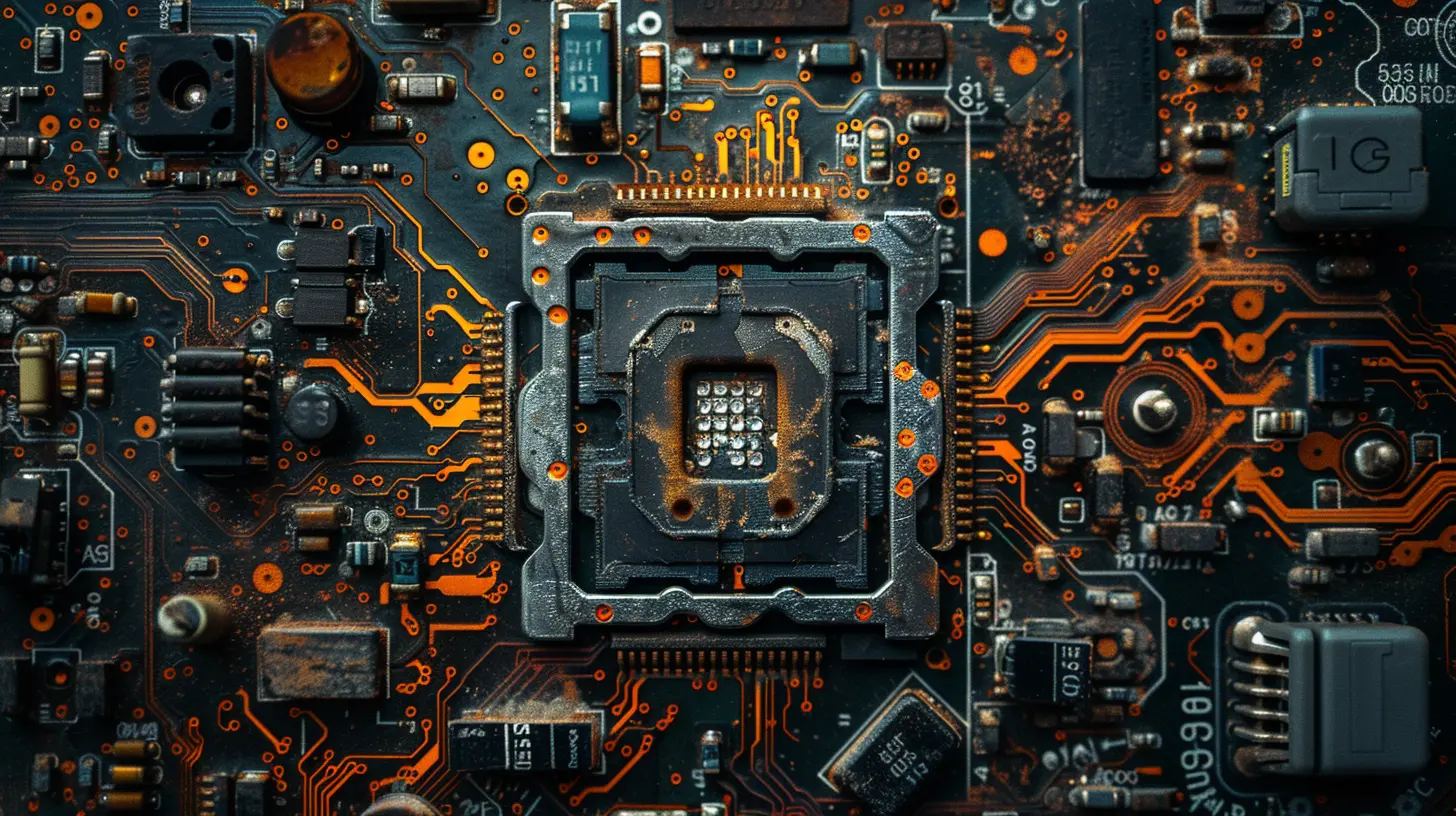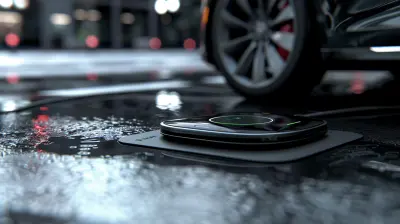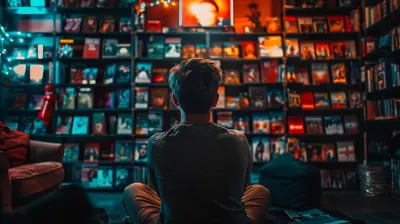The Science of Battery Degradation and How to Prevent It
22 May 2025
Batteries are everywhere. From the smartphone you’re probably holding right now to the electric vehicle that’s revolutionizing the way we get around — batteries power our everyday life. But there's one glaring issue with these little powerhouses: they don’t last forever. Over time, they degrade, lose their capacity, and eventually die out. So, what's the deal with battery degradation? More importantly, can we actually do something about it?
Let’s break down the science of battery degradation and explore some practical tips to prevent it.

What Is Battery Degradation?
Batteries, specifically lithium-ion batteries (the kind found in most gadgets today), don’t stay in perfect condition forever. As you use them, they go through charge and discharge cycles. Over time, the chemical reactions within the battery start to break down. This leads to a loss of capacity, meaning your battery won’t hold as much charge as it did when it was brand new.Think of your battery like a sponge. When it's brand new, it can soak up a lot of water. But over time, the sponge starts to wear down. It might still hold water, but not as much as it used to. That’s essentially what happens to your battery — it’s still useful, but not as efficient.
Types of Battery Degradation
Battery degradation can be classified into two main categories: capacity degradation and power degradation.- Capacity Degradation: This is when the total amount of energy a battery can store diminishes. You’ll notice your device doesn’t last as long on a single charge.
- Power Degradation: This impacts the battery’s ability to deliver power quickly. For instance, your phone might suddenly shut down even when it shows 20% battery remaining.

What Causes Battery Degradation?
Before we dive into prevention, it's important to understand the reasons why batteries degrade. Several factors come into play, and no, it’s not just about how often you use your device. Here are some major culprits:1. Charge Cycles
Lithium-ion batteries have a limited number of charge cycles. A charge cycle is essentially the process of charging a battery from 0% to 100% and then using it until it’s fully drained. The more cycles a battery goes through, the more its capacity diminishes.For example, many smartphone batteries are rated for about 300 to 500 full charge cycles before they start to significantly degrade. Once you've hit that number, you might notice your battery life starts to decrease faster.
2. Temperature Extremes
Batteries hate extreme temperatures. Both hot and cold environments can wreak havoc on battery health. Heat, in particular, accelerates the chemical reactions inside the battery, leading to faster degradation. On the flip side, cold temperatures can reduce the battery’s efficiency temporarily.Ever notice how your phone dies faster when you’re out in the freezing cold? That’s because the battery’s ability to deliver power is compromised in such conditions.
3. Overcharging and Deep Discharging
Leaving your device plugged in long after it’s fully charged (overcharging) or letting it completely drain to 0% (deep discharging) can also impact battery health.Modern devices have systems that prevent overcharging, but it’s still not advisable to leave them plugged in for long periods. Similarly, regularly draining your battery to 0% can stress the battery, causing it to degrade faster.
4. High Voltage Stress
Charging a battery to its absolute maximum (100%) puts a lot of stress on it. The chemical reactions that happen as the battery approaches full charge are more intense, leading to faster wear. This is why some experts recommend not charging your battery to 100% every single time.
How to Prevent Battery Degradation
Now that we know what causes battery degradation, let’s talk about how to slow it down. While you can’t completely stop a battery from degrading (it’s inevitable), you can take steps to reduce the rate of degradation and extend its lifespan.1. Keep Your Battery Between 20% and 80%
One of the best ways to extend battery life is to avoid charging it all the way to 100% or letting it drop to 0%. Instead, aim to keep your battery between 20% and 80%. This reduces the stress on the battery and helps preserve its capacity over time.Some devices have a feature that stops charging at 80% to prevent overcharging. If your gadget has this option, it’s a good idea to enable it.
2. Avoid Extreme Temperatures
Your battery’s worst enemies are heat and cold. As much as possible, try to avoid exposing your devices to extreme temperatures. Don’t leave your phone in a hot car or use it in freezing conditions for extended periods. If your phone does get hot, give it a break and let it cool down before using it again.3. Use a Smart Charger
If you’re constantly worried about overcharging your device, consider investing in a smart charger. These chargers automatically stop delivering power once your battery reaches a certain level, typically around 80%, to prevent overcharging.4. Don’t Use Fast Charging All the Time
Fast charging is super convenient, but it’s not the best for your battery’s long-term health. The high voltage used during fast charging can put stress on the battery, leading to faster degradation. Instead, use fast charging sparingly and opt for regular charging whenever possible.5. Update Your Device’s Software
Manufacturers often release software updates that include optimizations for battery health. These updates can adjust how your device charges or manages power. Keeping your device’s software up-to-date ensures you’re benefiting from the latest battery-saving improvements.6. Turn Off Unnecessary Features
The more features you have running, the more your battery will drain. Wi-Fi, Bluetooth, GPS, and even your screen’s brightness can all take a toll on battery life. Turning off features you’re not using can reduce the number of charge cycles your battery goes through, helping it last longer.7. Store Devices at Half Charge
If you’re storing a device for an extended period, don’t leave it fully charged or completely dead. Instead, aim for about 50% charge before putting it away. This helps to maintain battery health while the device is not in use.
The Future of Battery Technology
While we’re stuck with lithium-ion batteries for now, the future looks bright for battery technology. Researchers are working on new types of batteries that degrade much more slowly or don’t degrade at all.For example, solid-state batteries are a promising alternative. These batteries replace the liquid electrolyte found in traditional batteries with a solid material, which could reduce the rate of degradation. While this technology isn’t ready for prime time just yet, it’s definitely something to keep an eye on.
Another promising development is the use of graphene in batteries. Graphene is a super-strong, lightweight material that could potentially improve battery life and reduce degradation. It’s still in the experimental phase, but it’s another exciting avenue for future battery tech.
Conclusion
Battery degradation is inevitable, but that doesn’t mean you’re powerless to do anything about it. By understanding the science behind why batteries degrade, and following some easy tips, you can slow down the process and help your devices last longer.Remember to keep your battery between 20% and 80%, avoid extreme temperatures, use fast charging sparingly, and update your device’s software regularly. While we wait for breakthroughs in battery technology, these simple habits can go a long way in keeping your gadgets powered up for the long haul.
So, next time your phone battery starts to drain faster than usual, don’t panic — just give it a little TLC, and you’ll be good to go!
all images in this post were generated using AI tools
Category:
Battery TechnologyAuthor:

John Peterson
Discussion
rate this article
3 comments
Spike Kline
Great article! Understanding battery chemistry is crucial. Simple habits can significantly extend battery lifespan. Thanks for sharing these insights!
June 4, 2025 at 3:51 AM

John Peterson
Thank you for your positive feedback! I'm glad you found the insights helpful. Battery longevity is indeed essential!
Korian Lozano
Understanding battery chemistry and optimizing charge cycles are essential for prolonging battery lifespan effectively.
May 27, 2025 at 4:55 AM

John Peterson
Absolutely! A deeper understanding of battery chemistry and optimized charging can significantly enhance battery lifespan. Thank you for emphasizing this crucial point!
Ashley McGill
Understanding degradation is crucial for enhancing battery longevity and performance.
May 22, 2025 at 3:17 AM

John Peterson
Thank you! You're absolutely right—understanding degradation is key to improving battery lifespan and efficiency.



